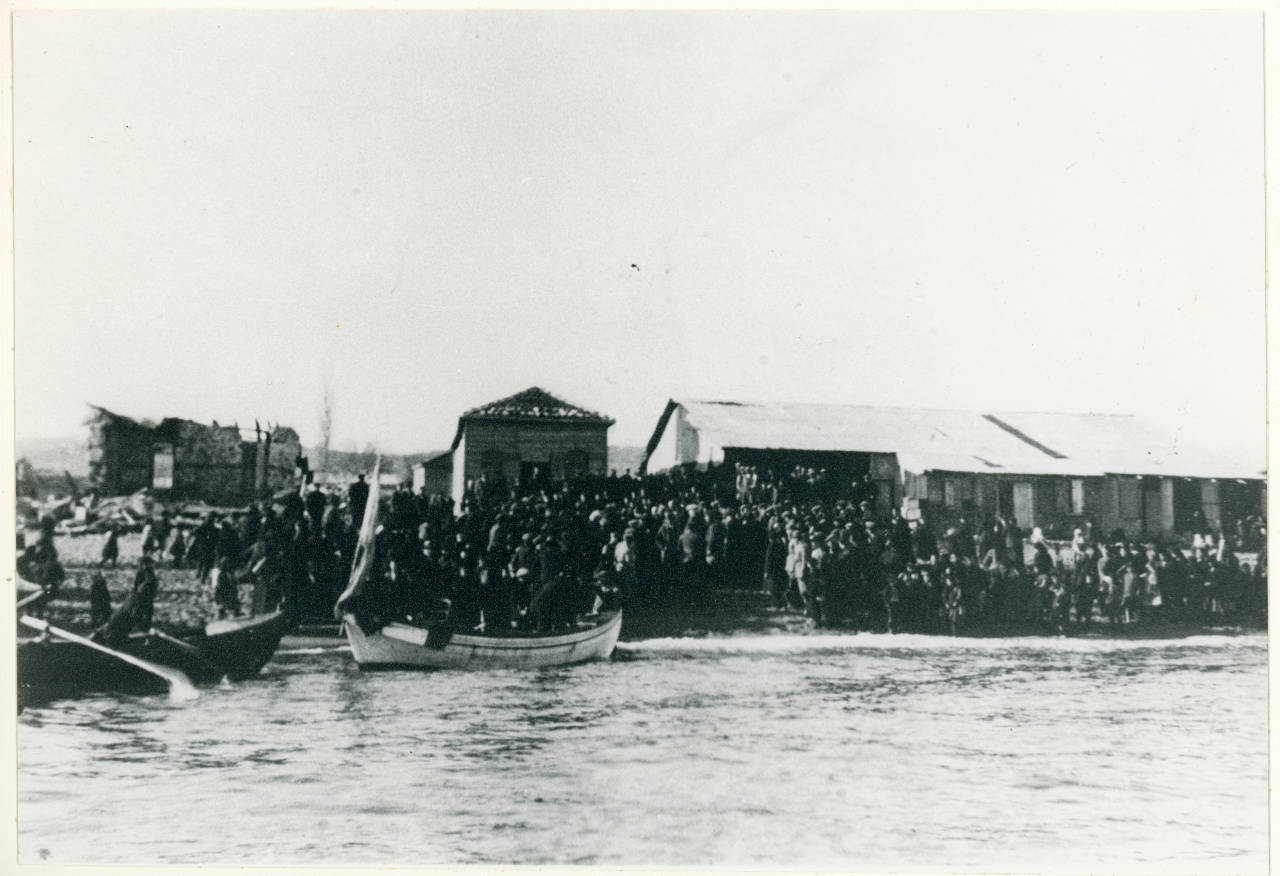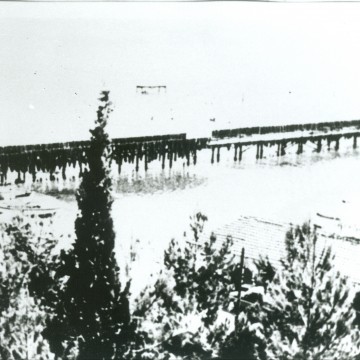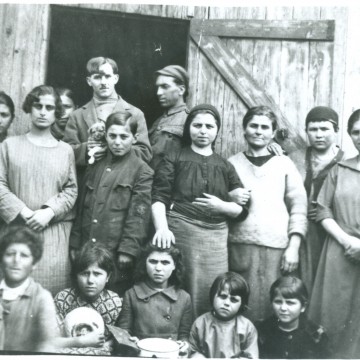The arrival of the refugees
(1918-1920)
Apart from the military camps, which covered a large area, the area of present-day Kalamaria remained virtually uninhabited until the end of the First World War. However, the situation began to change dramatically in 1918 with the arrival of Greek refugees from southern Russia. Kars (the Turkish word “kar” means snow) is an area on the Russian-Turkish border and had been an apple of discord between the two empires for many years. Russian armies occupied the area during the last Russo-Turkish War (1877–1878).
The Ottoman defeat forced many Muslims to flee their homes. As a result, the Tsar decided to repopulate the region with Greeks. The efforts of the Russian government resulted in the creation of 75 purely Greek colonies, which survived for forty years. The migration of the Christian inhabitants of Pontus to Kars was massive and strengthened the initially small Greek community. At the beginning of 1900, the Greek population in Kars reached 60,000 people. The Greek communities were among the most organised and had churches, primary schools, urban schools, girls’ schools, and other institutions.
The signing of the Treaty of Brest-Litovsk on March 3, 1918, forced Russia to surrender Transcaucasia to the Ottoman Empire. The evacuation of Kars and Ardahan in 1919 forced thousands of Greeks to leave their homes and take refuge in Greece. Refugee flows increased dramatically after the Greek elections of November 1920 and the rise of the pro-royal faction to power. More than thirty thousand Greeks left Kars from the port of Batumi between the end of March 1920 and November 1921. Simos Lianidis, who arrived in Kalamaria from Batumi at that time, describes the settlement of refugees: “From the road, Komninon Street to the beach below, tents had been set up. This area of huts and tents was surrounded with strong wire mesh, and guard outposts stood at the exits to prevent refugees from entering Thessaloniki because there was typhus, and the rest of the city was in danger of being infected.”
(1922-1923)
The Asia Minor Catastrophe (1922) and the exchange of populations after the Treaty of Lausanne (1923) triggered the most extensive settlement of refugees in Kalamaria and shaped the modern character of the community.
The Asia Minor tragedy is considered (justifiably) the greatest catastrophe that befell Hellenism since the fall of Constantinople in 1453. After a decade of war and political unrest, Greece, a poor and exhausted country, welcomed more than a million refugees in a short time. Of these, about 100,000-120,000 souls settled in Thessaloniki, with the majority ending up in Kalamaria, which became the most populous refugee settlement. If Thessaloniki was “a mother of refugees” in the words of G. Ioannou, Kalamaria was its beloved daughter, a place synonymous with refugees, especially those from Pontus.
The refugees who settled in Kalamaria came from every region of Pontus, Constantinople, Nicomedia, Smyrna, Eastern Thrace, and Cappadocia. As there was no real settlement or proper infrastructure, people were forced to live in military barracks. Families used blankets, rugs, sacks, and newspapers to secure a few square feet of private space. In 1924, the 150 huts erected by the Anglo-French during the First World War (1916-1918) housed twelve thousand people. However, the space was insufficient, and many refugees were forced to stay in tents or boats.
Despina Zampetoglou from Kouri in Asia Minor provided a testimony regarding the conditions that prevailed at that time in the refugee camps:
“When we came here and went to Toumba, there were some chambers, military, English, since 1912 or I do not know from when, and they were very low. My father was very tall. He was 1.90 [6.2 feet]. And so he bent down to stealthily enter the chambers. ‘We had such a [magnificent] house and from such a house to come to this? I cannot stand it, Kyriaki’. And then to go and buy the house. He took me with him, and we saw it, there in Kamara. I liked it; it also had a shop downstairs. ‘Let’s turn it into a grocery store’ he says ‘and we will live upstairs.’ And he went to buy it and had a stroke on the road and they brought him to us dead. No money or anything. Only a little money, very little and half a sack of coals.”
The Municipality of Thessaloniki established a maternity hospital, a First Aid station, a municipal doctor’s office and pharmacy, and a state hospital with 350 beds. However, the refugees dealt with hunger, deprivation, unemployment, and rampant disease, mainly malaria. The difficulty of adapting to their new homeland was tremendous, but their determination, strength, and passion for a new beginning proved much greater.



